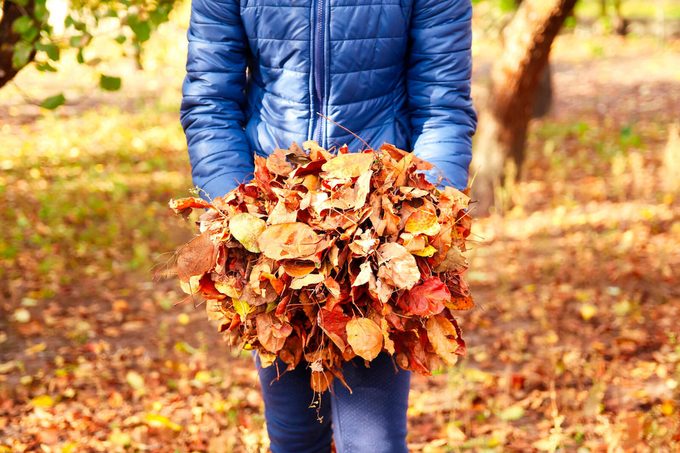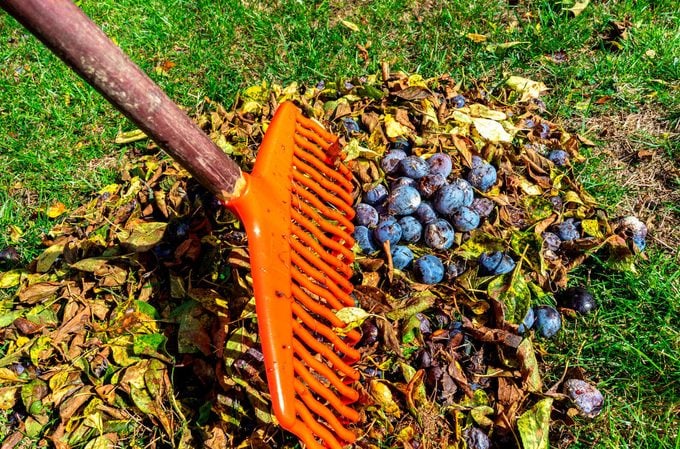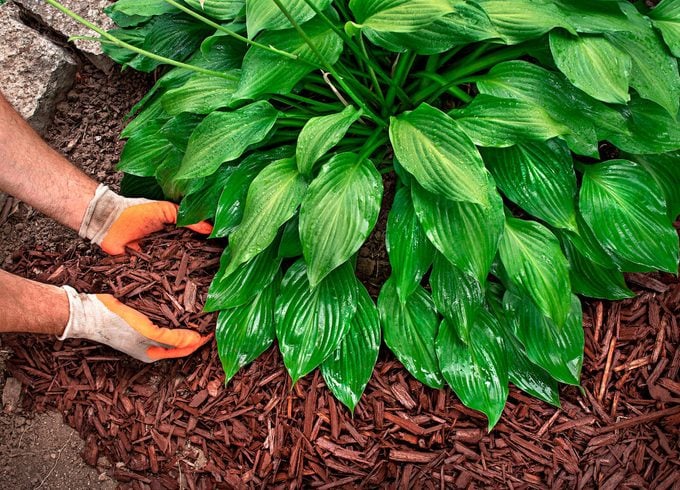How to Improve Your Soil Quality Over the Winter
Updated: Oct. 05, 2023
These easy ways to treat and improve your garden soil quality now and through winter will set you up for a successful spring growing season.
Give Soil a Quality Boost in Winter

Despite the chilly temps, it’s time to think ahead and prep your garden beds for the winter. It’s easy to improve your soil quality with simple materials such as compost, mulch or weeds.
Once soil temperatures drop below 45 degrees (use a soil thermometer to check yours), organisms within will slow down and hibernate. Good, treated soil protects roots, as well as hibernating insects and microbes, from freezing.
“Living soil has the same basic requirements that wildlife and people do: food, water, shelter and air,” says Mary Phillips, head of National Wildlife Federation’s Garden for Wildlife. “And without those, it starts to die. But winter is ever-changing and you can still improve soil.”
Discover the best types of mulch to use in your landscape.
Why Treat Your Soil?

By adding nutrients and organisms, soil treatments make it more viable for plants to live. These treatments can also rid soil of harmful chemicals or amend it if it is too acidic or rocky, or has too much clay or sand.
“While some gardeners have perfect soil, for the most part suburban soil is less than perfect,” Mary says. “Turning poor soil into plant-friendly soil is not difficult once you understand the components.”
Here’s how to test your soil pH and texture at home.
The Right Methods to Improve Your Soil Quality
To keep soil healthy and improve its quality over winter, consider no-till. Tilling disrupts healthy soil structure and biodiversity. If you do till, it’s a task for early spring.
“At the end of a growing season, garden soil may feel loose,” Mary says. “That is due to the chains of roots and mycelium running through it. These microscopic threads will slowly rot throughout the winter, along with roots left behind by veggies and weeds, creating healthy, organic matter.”
Here are more ways to keep your soil and its inhabitants happy and snug over winter.
Add Compost

Pile it on uncultivated garden beds that would otherwise remain bare until spring. Then cover with mulch, a low row cover or an old blanket. Compost enriches and binds soil, allowing air and water to move through. Organic matter also retains moisture, allowing it to absorb and store nutrients.
“Amend, amend,” Mary says. “Most importantly, organic matter is food for microorganisms and other forms of soil life. The cover helps regulate heat and moisture and cushions the bed, reducing compaction caused by snow and rain.”
Learn how to make compost with these composting basics.
Use Mulch

Over winter, mulch retains moisture and protects soil and roots. “Mulching materials, such as leaves, are free for the raking, and they do a great job of protecting soil from the ravages of winter,” Mary says. Wood chips or straw work too.
We asked a garden expert: Is It OK to use rubber mulch?
Grow Cover Crops
Native cover crops are ideal, or those that are noninvasive, such as local species of goldenrod, wild rye, common yarrow, vetch and peas. These support beneficial insects, provide cover, prevent erosion and return nitrogen and other nutrients to the soil. Because they are adapted to your local climate, they require little to no irrigation or maintenance.
“Cover crops also act as living mulch to shelter soils and control weeds in the off-season,” Mary says. In the spring, chop your overwintered cover crops directly into spring soils a few weeks before you plant.
Tolerate Weeds

Weeds protect soil and provide cover and food for wildlife. Dandelions, bittercress and other winter weeds penetrate down into the soil with their long, thin taproots, improving drainage.
“Weeds that grow in summer tend to be large, aggressive plants that take over, but winter weeds are different,” Mary says. “There is seldom a crop present for them to smother, and common weeds such as henbit and chickweed often form green mats of foliage that protect the soil from erosion.”
To keep any of those winter weeds from reseeding too heavily, hoe them down in early spring and add them to your compost pile.
Next, find out what the color of your garden soil means.



















